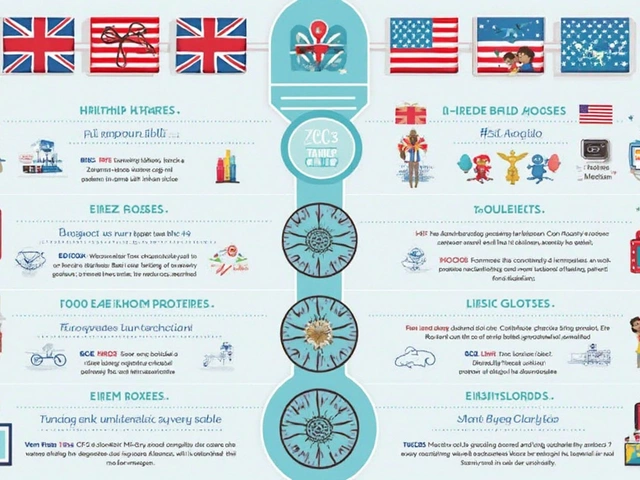Neuroplasticity: The Brain’s Power to Rewire Itself
Ever wonder why you can pick up a new skill after a few weeks of practice? That’s neuroplasticity at work – the brain’s knack for reshaping its connections whenever you learn, practice, or even think differently. It’s not a buzzword for scientists only; it’s a real tool you can use to improve memory, speed up recovery, and stay sharp as you age.
Why Neuroplasticity Matters for Everyone
When you study for a test, learn a sport, or try a new language, neurons fire and create fresh pathways. Repeating the activity strengthens those routes, making the task feel easier over time. This is why kids can master complex maths quickly and why adults can still learn to play the piano. The same process helps the brain recover after injury – new pathways can take over functions lost by damaged areas.
Simple Ways to Boost Your Brain’s Flexibility
Want to give your brain a workout? Start with short, regular practice sessions. Trying a puzzle for 10 minutes daily is more effective than a marathon session once a month. Mixing up activities also helps – switch between reading, drawing, and physical exercise to keep different networks active. Getting enough sleep is crucial; during deep sleep the brain consolidates what you learned and trims unnecessary connections.
Physical movement isn’t just good for the body; it pumps oxygen and nutrients to the brain, supporting plastic changes. Even a brisk walk while you rehearse a presentation can improve recall. Nutrition plays a role too – foods rich in omega‑3s, like salmon or walnuts, give neurons the building blocks they need to grow.
Stress can stall plasticity, so manage it with breathing exercises, short breaks, or a hobby you enjoy. When you feel relaxed, the brain is more open to forming new links. Setting clear, achievable goals also guides the brain’s remodeling – knowing exactly what you want to master gives direction to the neural rewiring.
Our tag page collects articles that touch on neuroplasticity from many angles – from supporting children with special needs, to memory tricks for students, to adult learning theories. Each post shows how the brain adapts when we change our habits, environment, or teaching methods. Browse the list to see practical examples you can apply right away.
Remember, neuroplasticity isn’t a one‑time event; it’s a lifelong process. By staying curious, practicing regularly, and caring for your body, you keep the brain flexible and ready for whatever comes next. Start small, stay consistent, and watch how quickly those new skills become second nature.






